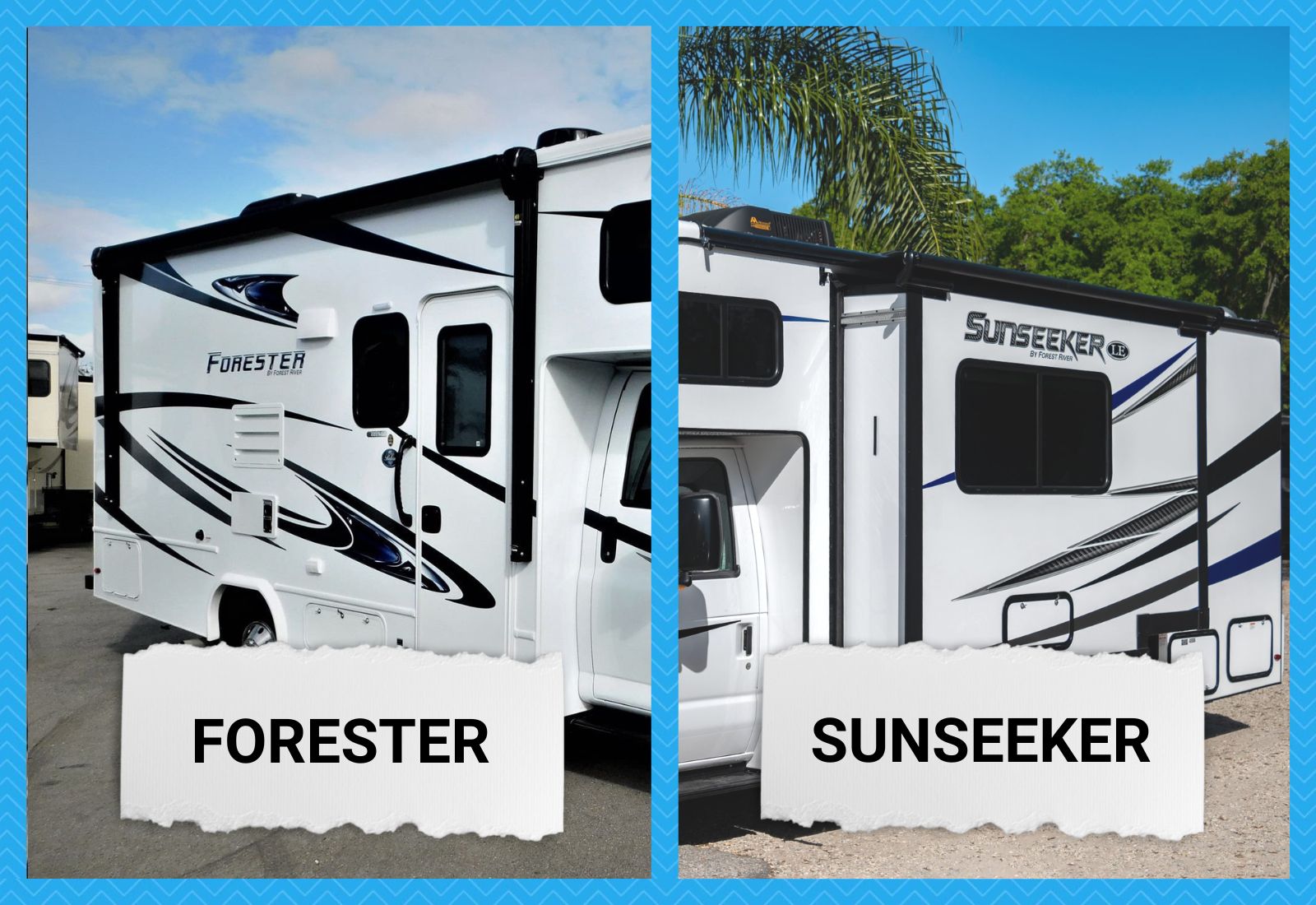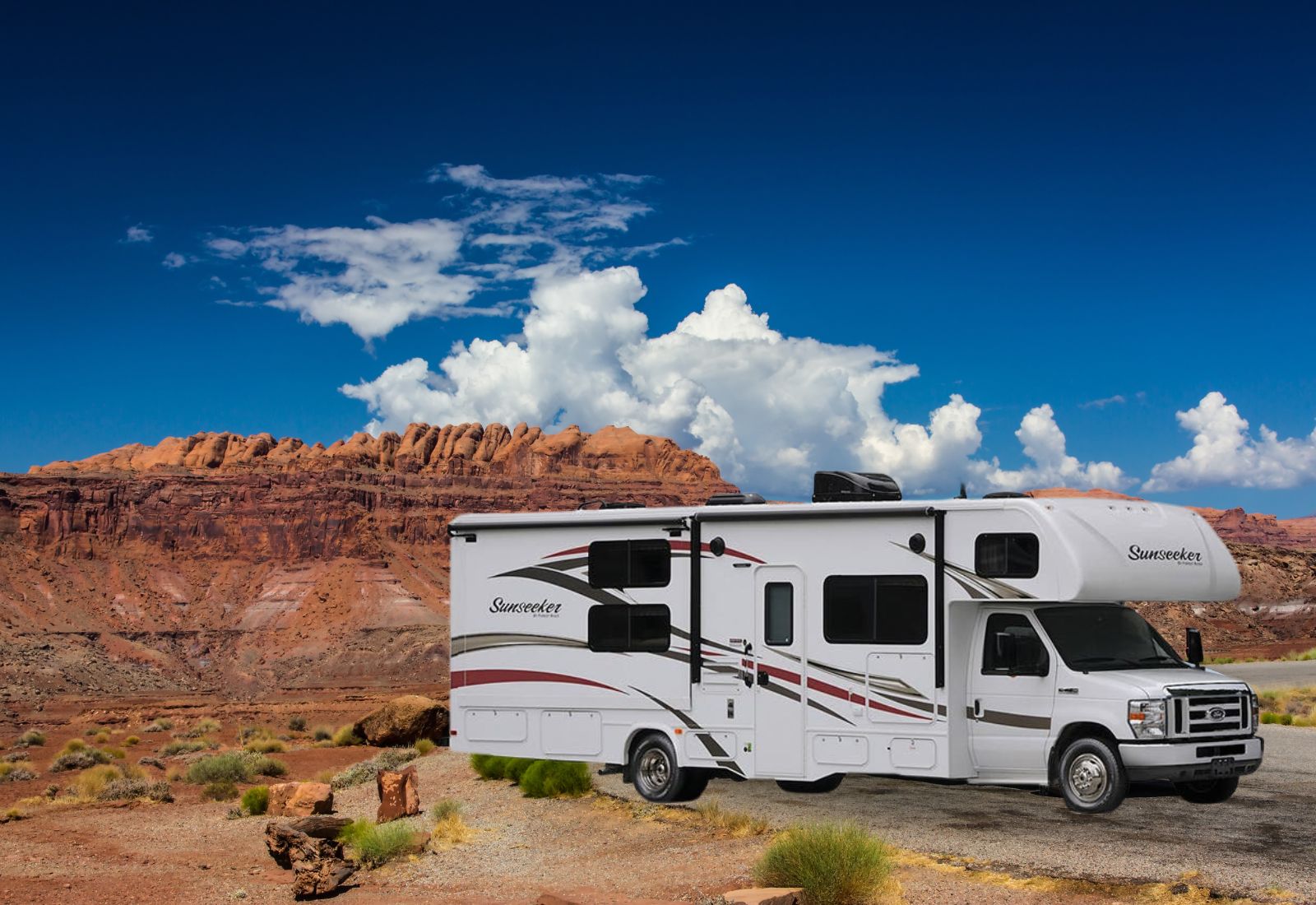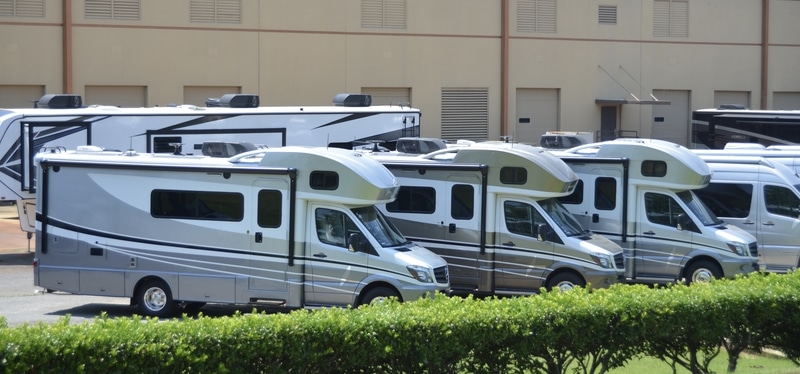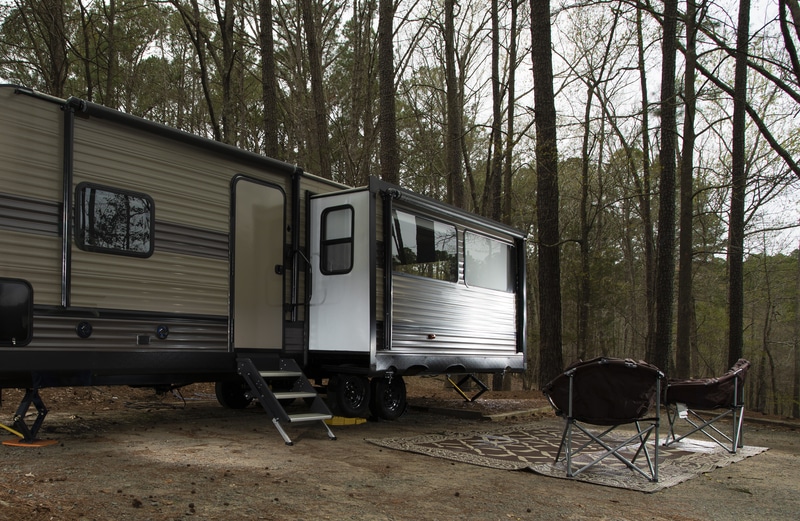
A recreational vehicle can significantly improve your travel and camping experience. Whether it’s a motorhome, fifth wheel, trailer, or campervan, it’s much better than traveling with your truck and leaving your safety to the mercy of a flimsy tent.
With an RV, you can sleep peacefully and make the most of your camping trip because it has everything you need.
However, perks like these don’t come cheap. The vehicle alone is already pricy. Factor in the amenities, and you’ll get a good sense of just how expensive an RV is, especially since the appliances, fixtures, and installations in it are usually top-of-the-line.
Furthermore, an RV costs more to maintain than a typical vehicle due to its unique build. So, it’s crucial to take your time when exploring your choices.
Do your research. Look through the list of established RV manufacturers, visit their websites, read independent reviews about them, and compare their products. Then, if you know people who own RVs from the brands you find interesting, talk to them.
Ask about their reasons for choosing that particular brand and model, their impression then and now, and ask for their experience-based advice.
Why Forest River?
Forest River is one of the first RV manufacturers you will encounter in your search for an RV.
Founded in 1996, this company has produced some of the most popular brands in the outdoor recreation arena, including Alpha Wolf, Work and Play, Surveyor, and Cedar Creek.
They also created a platform where all Forest River RV owners worldwide can connect and share their experiences with their RVs.
Another fantastic thing about Forest River is that its designs focus on quality and efficiency rather than luxury. They have some of the lightest RV models on the market, which make traveling faster and less stressful.
And because they are lightweight, these RVs are less expensive than most makes and models. As a result, virtually everyone can afford them, which explains why Forest River is quite famous among the lower and upper middle class.
The Differences Between Forester vs Sunseeker
Forester and Sunseeker are two of Forest River’s most sought-after brands. Both are Class C motorhomes designed for comfort, flexibility, and speed. Furthermore, they boast many practical and aesthetic features that meet every family’s camping needs.
Whether short- or long-term camping, a Forester or Sunseeker can provide the mobility and adaptability you desire.
Despite focusing on function and practicality, both brands ooze an upscale feel that draws consumers’ attention.
However, since you’re only looking to buy one unit, you must know their similarities and differences to choose wisely. Below is a comparison that can help you make an informed choice.
| Features | Forester | Sunseeker |
|---|---|---|
| GVWR | 14,500 lb. | 14,500 lb. |
| GCWR | 22,000 lb. | 22,000 lb. |
| GAWR Front | 5,000 lb. | 5,000 lb. |
| GAWR Rear | 9,600 lb. | 9,600 lb. |
| Fuel Capacity | 55 gal. | 55 gal. |
| LP Tank Capacity | 41 lb. | 41 lb. |
| Exterior Length | 27' 1" to 32' 3" | 27' 1" to 32' 3" |
| Exterior Height | 11' 3" | 11' 3" |
| Exterior Width | 101" | 101" |
| Fresh Water | 44.00 gal. | 44.00 gal. |
| Gray Water | 39.00 gal. | 39.00 gal. |
| Black Water | 39.00 gal. | 39.00 gal. |
| Models | Classic, LE, MBS, TS | Classic, LE, MBS, TS |
| Deep cycle coach battery | 2 | 2 |
| Unique features | 5,000 Lbs. hitch, 7-pin connector (Chevy/E350) Keyless entry (N/A Chevy) |
|
| Optional features | Automatic leveling system (4-point) Outside 12V LED TV Full body paint Arctic Package (12V tank heaters) dual A/C with power shedding system 190 Watt roof-mounted solar powered 12V charging system (IPO side-mounted charger prep) Swivel driver seat Power driver seat (N/A with swivel option) Swivel passenger seat Theater seats |
Created and released almost simultaneously, Forester and Sunseeker are almost structurally and ergonomically identical.
In the table above, you’ll see that they have practically the same features and properties, which begs the question, why didn’t they release just a single model with combined features? Some argue it’s all for profit because more options mean more sales.
However, if you check the last rows, you’ll notice the subtle differences that make either brand distinct. For example, certain features on one brand can be scaled up or customized but not on the other.
But it’s important to note the subtle differences because they can be the clincher to the entire selection process.
For instance, you can install a 12-V tank heater on your Forester. This optional arctic package is perfect for winter escapades or when traveling north.
You can also add a 190-watt roof-mounted solar-powered 12-V charging system (IPO side-mounted charger prep). You can use this to charge your devices without further straining the batteries.
Other differences include hidden solid countertops, cabinet door hinges, fiberglass running boards, and a fabric-covered ceiling, which can be found in the 2014 Sunseeker models but not in the Forester.
In the 2016 edition, however, you’ll most likely get pancake-style reading lights on your bed, making reading easier even with most of the lights in the RV turned off. You also won’t have the wood-grained dashboard panels and the side cameras.
Good to know what’s good
It’s good that these two motorhome brands have more similarities than differences; it makes choosing easier. That’s because you’ll have fewer facets on your checklist.
It’s also important to note these similarities since you’ll compare Forester and Sunseeker with other brands. So let’s expound on some of them.
- Dimension – A 32 feet exterior length is no joke. It may not be as big as a deluxe motorhome or coach, which could be around 40 feet long, but it’s adequate for 4 to 6 occupants. The secret lies in the layout and your personal preference. Consult a professional RV builder to know how you can make your RV more space-efficient.
- Sleeping capacity – Both Forester and Sunseeker can sleep six people. The biggest of the classic group has a 40″ x 74″ queen bed and a bunk bed. Of course, the sofa can double as a bed if you have guests. You can also customize some sections to sleep more people.
- Slide-out rooms – All Forest River motorhomes have slide-outs. They only differ in the size and location of the slide-outs. However, in most designs, there’s always a slide-out for the bed and dinette, which requires considerable space.
- Fresh water tank – When choosing a motorhome, you need to consider how long you’ll stay at the campsite and where the nearest water station is. While 44 gallons may seem a lot, it’s pretty standard. Depending on how much water you consume daily, this might last only a week.
How to choose an RV
If you want to explore more options, the best way is to list down questions you want to ask yourself or a dealer to narrow your choices until you find the one that best suits your criteria.
How many are you planning to accommodate? This question covers the purpose of your RV. Is it for family escapades? For retirement? For an extra floor space on your property? A standard travel trailer will do if you’re a family of four or five.
A camper van may be too small. If you’re a full-time traveler and probably sold your house to buy an RV, you need something big. RVs come in different sizes, sleeping capacities, and amenities to meet different needs and preferences.
How far do you plan to travel? This pertains to your RV’s build—engine, chassis, tires, axles, transmission, etc.
If you intend to travel the entire country, you need a rig with a robust build because it will consume a lot of rubber and torque. It would be best to consult a professional mechanic or trucker about this aspect of your purchase.
How much interior space do you need? If you’re claustrophobic, there may be better choices than a small campervan or trailer. Most RVs will feel cramped when on the move, but you’ll get more floor space as soon as you park and extend all the slide-out rooms.
It’s essential to ask this question because not all RVs have slide-outs. And those with slide-outs differ in size and slide-out mechanism.
These are just three of the many questions you must throw out to ensure your investment pays off. Don’t be afraid to ask questions because, in the end, it’s your money you’ll be spending, and the rig will be your first or second home.
You must also invest time and money in learning basic vehicle repair and maintenance. Owning and maintaining an RV takes a lot of work
If your RV is going to be your permanent residence, you need to know how to take care of it without spending a fortune on professional repair every time something happens.
Buy a complete tool kit, too. You may need more than the standard tools to deal with complicated mechanical issues.




